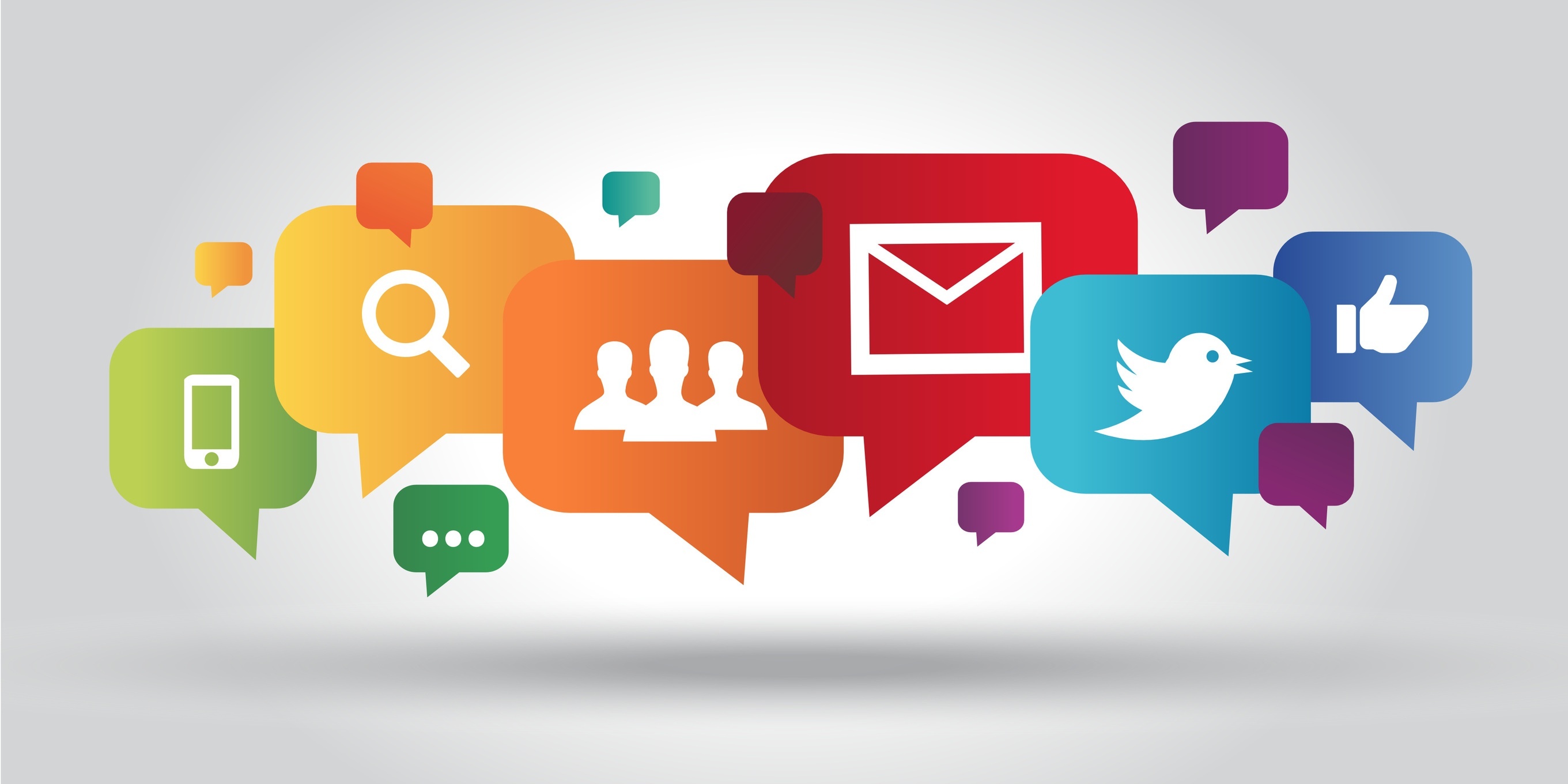
Fundraising is quite a different game then it was even just a few years ago. Mobile and social media has donors constantly distracted (and bombarded) with messages from friends, brands, and competing causes.
For nonprofit marketers this shift means embracing a donor-centric approach that moves from interruption to invitation. One way to construct a donor-centric strategy is to build a marketing funnel.
A marketing funnel is a framework to define the steps a supporter takes to go fromawareness about your cause, to donating to your cause, to sharing your cause with friends.
But a marketing funnel isn’t just an nice idea. In practice, a it’s a series of traffic sources, landing pages, and emails that work together to:
1. Capture interest – Once someone is interested in your cause, capture it.
2. Nurture interest – Build arousal through personalized and responsive email messages.
3. Convert interest – Maximize giving at the right moment.
4. Partner – Turn new supporters into spokespeople. Some are added to the development funnel.

Let’s break down each of these stages:
Once someone is interested in your cause, capture it. And by capture, I mean emails.
For example, let’s say a Facebook friend shares a petition to save the polar bears. If you aren’t interested, you’ll simply ignore it. But if you love polar bears, you will sign that petition (name, email, etc).

Polar Bears International captures your email, but they also capture:
The critical part of capturing interest (and emails) is this: You must offer enough value for them to give you their email.
What kind of offers provide value?
Another (very creative) example of offering value is Malala Fund’s campaign to engage artists:

Regardless of your strategy, you must exchange value for value. There is no value at all in filling out web forms.
To do: Create a landing page for your offer. Make sure emails are properly segmented as having participated in the campaign.
Once someone has joined your list, they’ve raised their hand. They’re saying “I want more”. They’re ripe for the asking. Your job is to offer compelling reasons to do more.
Email plays a critical role during the nurture phase. Only email allows you to send the right message, to the right people, at the right time:
Make sure you follow-up right away via email. For example, after signing HRC’s petition, I received the following email:

To do: Write an email drip sequence to nurture interest. 3 short but powerful emails should do it.
Want more? Click here to download my 1-Page Social Media Marketing Plan Workbook
Let’s face it, when someone visits your donation page it’s an extremely rare and precious moment (OMG they actually clicked on our email and went to our donation page!)
It’s a moment you can’t afford NOT to seize!
There are several factors that increase the likelihood that someone will support your fundraiser:
If you’ve done a good job in your follow-up emails, prospects won’t need much convincing to take that next step. But they will need a solid donation page:
Important: Remember that each email in the nurture phase (above) should include compelling reasons to support, along with clear call-to-actions.
The last part of the funnel is partnering, which can mean a number of things. But for new donors it will mean sharing your campaign.
Add sharing features to your thankyou page. This way, donors are prompted to share immediately after giving.
One shortcoming of marketing funnels is what they suggest: Supporter actions are linear (awareness -> capture -> nurture -> convert).
But this couldn’t be further from the truth.
In reality, supporters enter and leave your funnel at various stages, making the funnel look more like a vortex.

For example, many petition signers don’t donate (convert), but instead share your campaign with their friends. Also, people in your email nurture sequence will continue to engage with social media and other messages at the top of the funnel.
Once you’ve created your donation page, thank you page, and drip sequence, you can let the process run on its own. Your job now is to focus on driving relevant visitors to the top of the funnel (capture).
Lastly, make sure you monitor the effectiveness of your promotion, and the conversion rates of your emails and landing pages.

Read the full article at:JohnHaydon.com
Tapp Network is a marketing & technology firm serving nonprofits and organizations seeking to accelerate their social impact, capacity building, and revenue growth for good.